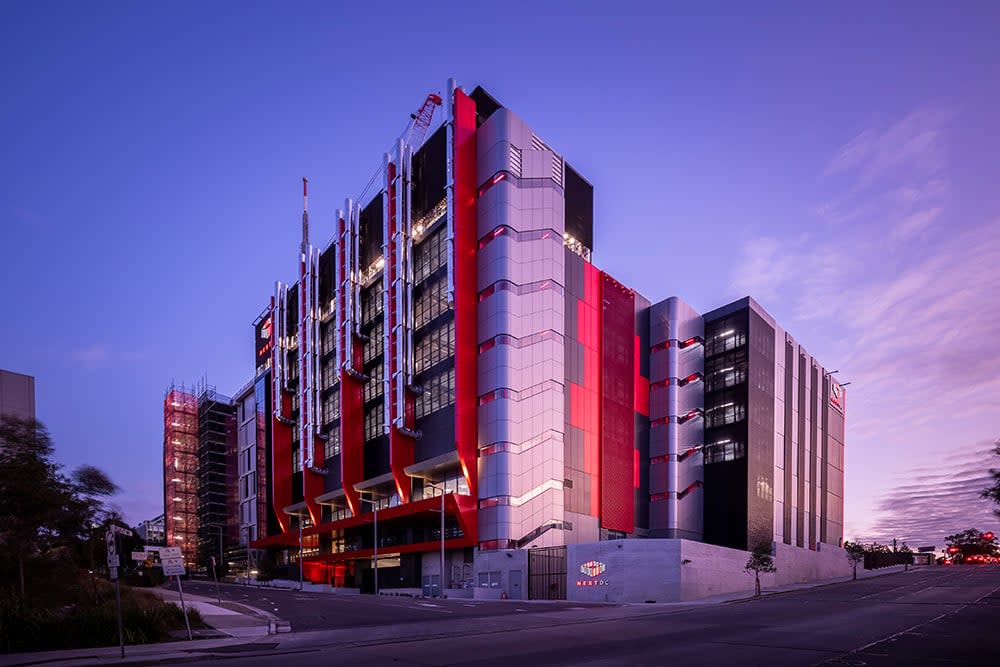NSW Opens $50bn Fast Lane for Hotel, Tech Proposals

Expressions of interest have opened for the NSW Investment Delivery Authority (IDA) as the state seeks 30 eligible projects to fast-track.
As much as $50 billion worth of hotels, data centres and technology projects, renewable energy and energy security projects will be expedited under the program, modelled on the Housing Delivery Authority (HDA).
Submissions are open until October 27, and future rounds are also expected to open up the process to other commercial sectors.
Successful projects will benefit from a dedicated assessment team within the Department of Planning, as well as the assistance of a multi-agency Investment Taskforce centred on the Premier’s Department.
NSW planning minister Paul Scully said that “we have created this new mechanism to systematically identify major projects and their associated land use before they enter the planning system”.
“Just as we created the HDA to fast-track housing, we are now reforming the process for major new investment projects, so their needs are identified early, and the right resources and infrastructure are planned for and brought to bear.”
Projects must have an estimated development cost of more than $1 billion (or $200 million for hotels), be primarily non-residential, and come with land ownership secure or contracts well-progressed.
They will need to be aligned with government strategic priorities and policies (including but not limited to the NSW Industry Policy and Trade and Investment Strategy), and have a reasonable expectation of achieving state significant development, state significant infrastructure, or critical state significant infrastructure status.
Proponents will be assessed on their experience and capability. They will need to show that the project is feasible without support, but that a partnership with the NSW Government can help clear roadblocks. International investors and businesses may propose NSW-based projects.

Priority NSW sectors losing their lead
Data centres and tech companies are supportive of the program, with NextDC chief executive Craig Scroggie saying that “AI infrastructure has outgrown traditional planning systems. These aren’t just data centres—they’re sovereign-scale assets designed to power the AI era”.
“NextDC has over $15 billion in AI infrastructure projects planned across NSW—including AI factories, high-density data centres, and mission-critical operations centres. This reform allows us to build the digital backbone of the future—faster, and at global scale.”
While NSW has historically hosted the majority of Australia’s data centres, Melbourne’s portfolio of computing assets tripled to 4.7GW in the second quarter of 2025, closing in on Sydney’s 5.2 gigawatts.
Hotels are another key target, with the Visitor Economy Strategy 2035 touting the need for an additional 40,000 higher-quality rooms across a range of typologies, and a target of a $91-billion visitor economy.
In the 2024-25 financial year, visitor spending was $55.9 billion. August 2025 occupancy was 84.4 per cent; up 8.7 per cent year on year. The city reached a peak of 95.1 per cent around the Sydney Marathon; four years ago, that rate was under 2 per cent.
Melbourne is winning in both domestic tourism, and in hotel expansion. From January 2019 to May 2025, Melbourne added 5000 keys to its hotel portfolio, with 61 per cent in the upper up-scale or luxury segments.
Over the same period, Sydney added just 2270 rooms.













